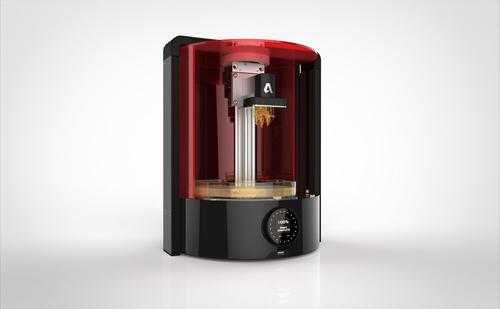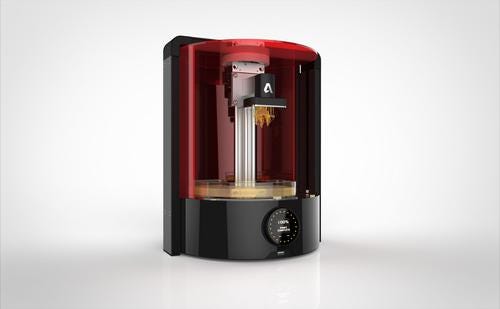Autodesk Sparks Interest in 3D Printing
June 24, 2014

Autodesk is internationally known in the design community for its standardizing CAD/CAM software solutions. However, it recently decided that 3D manufacturers are doing it all wrong, and it has taken matters into its own hands. The company has introduced its very own open-source 3D printer and 3D printing software, Spark, which may change the way the world 3D prints.
Autodesk made the announcement in May, but its strategy isn't what you think it is. Instead of trying to become the leading manufacturer of 3D printers and having to compete with popular brands like Makerbot, Autodesk is seeking to work alongside popular manufacturers, developers, and innovators by bringing easy-to-use, streamlined, open-source 3D printing software to the market. Autodesk expects Spark to change the game forever.

Spark is designed to give developers, makers, manufacturers, and inventors more control over the printing process. The software enhances the maker's control over how a design is printed, and it give a more accurate look at how the final product will look before printing (a huge benefit for manufacturers that rely on 3D printing for quick, functional prototypes). The software is compatible with a wide range of printing filaments and is expected to make the 3D printing process so streamlined that a novice can do it.
Since the software is open-source, Autodesk is asking developers to join it in recreating how we 3D print. Developers are welcome to customize the software and share their updates with the world. Autodesk is comparing this approach to Google's rollout of the Android OS. At one point, Google did sell its own mobile hardware, but its real goal was immersion of its software into the market. Today, almost no one uses Google hardware, but Android is the most popular mobile OS in the world. Autodesk is seeking to do the same with Spark -- accompanied (of course) by its very own 3D printer.
The printer is being released as an example of what Spark can really do, but it will retail at a hefty $5,000 and is expected to target mid-level manufacturers and small businesses. This community has the highest demand for a reliable 3D printer to make functional prototypes, and what better way to enter the market than with a one-stop printer to meet all their needs? Autodesk says it does not expect the printer to become the most popular. It is seeking total domination of the 3D printing software scene. Thus, the printer is really being developed as a prototype to show the community how Spark will change the 3D printing experience. The unit looks similar to a fancy coffee machine. Who knows? Maybe one day 3D printers will produce lattes, too.
This is the first time a company of this size has entered the open-source arena, and the 3D printing industry is at an interesting stage. It is most widely used by manufacturers to create a small batch of prototype designs, though manufacturers refer to the process as additive manufacturing. Sure, 3D printers have made medical aids, guns, candy, and electronics, but most consumers don't use them in their daily lives. Autodesk is asking, "Why not?"
The future is bright for 3D printing. Autodesk is initially targeting manufacturers, but our bet is that it will want in on the consumer market, too. Also, 3D printing has not really penetrated the engineering and design communities yet, and if Autodesk is backing the technology, that's likely to change -- and fast. But the process isn't without its challenges.
Autodesk is a software company. It doesn't have much history in hardware manufacturing and delivery. If its end goal is to enter the consumer market, average consumers may not have the capital to develop their own Spark-compatible open-source hardware, and they likely cannot afford a $5,000 price tag for a mere "toy."
Some predict that Autodesk eventually will roll out a smaller, more affordable printer to target the consumer market. Until then, we can only wait to see how this one plays out. Both the printer and the software are expected to hit the market this year. Will it change the way we print?
Related posts:
About the Author(s)
You May Also Like


.jpg?width=300&auto=webp&quality=80&disable=upscale)


